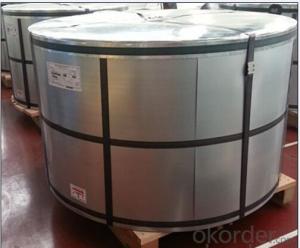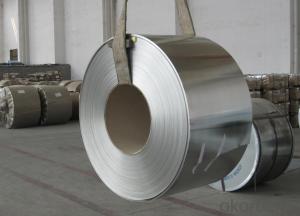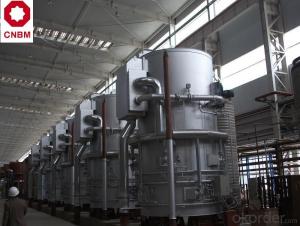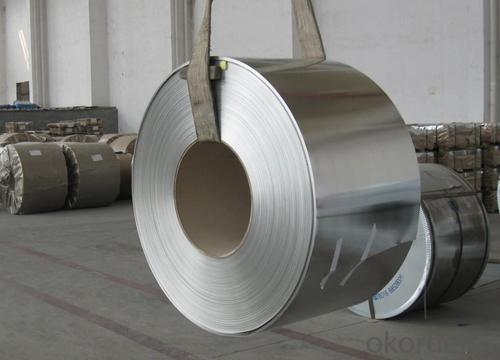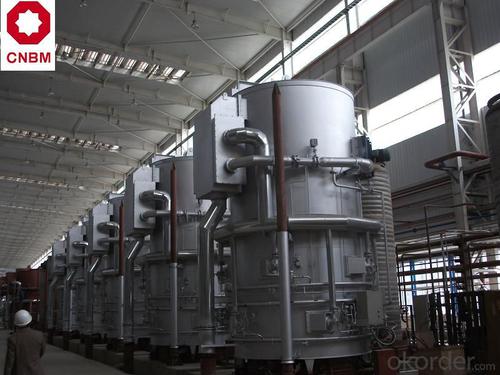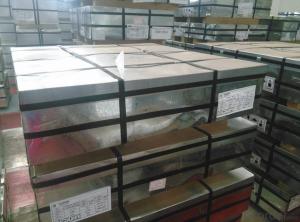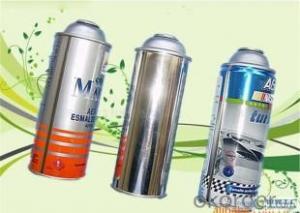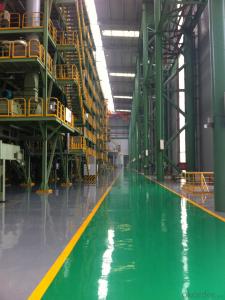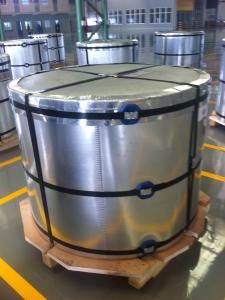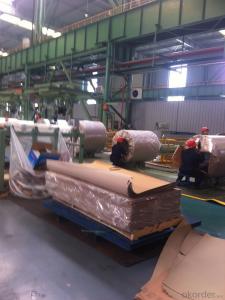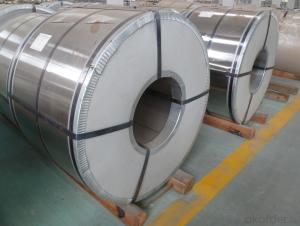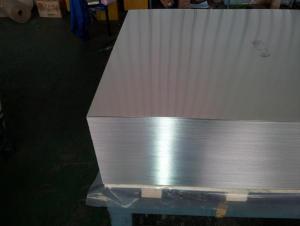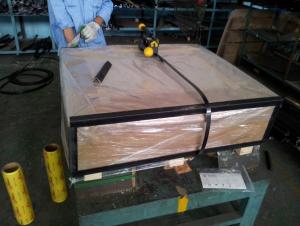Prime Tinplate for Industrial Usage, MR, 2.8/2.8g/M2
- Loading Port:
- China main port
- Payment Terms:
- TT OR LC
- Min Order Qty:
- 25 m.t.
- Supply Capability:
- 50000 m.t./month
OKorder Service Pledge
OKorder Financial Service
You Might Also Like
Specification
1.Usage
Tinplate is widely used for making all types of containers, containing industrial usage such as paint can, oil can, aerosol cans etc., and food cans like milk powder cans, tomato paste can, dry food cans etc.
2.Tinplate production Process
cold rolling mill---degreasing production line---tension leveler---batch annealing furnaces/continuous annealing line---tin coating line---cutting line---stock area
3. Specification
standard: DIN EN10202
Material: MR /SPCC
Thickness available: 0.16-0.50MM
Width available: 600~1050MM
Temper grade: T1 – DR8
Tin coating: ordinary 2.8g/2.8g, 5.6g/5.6g and others
Package: sea worthy export package.
Applications: Tin can for chemicals & paint cans, industrial cans, food cans
4. Our factory photo:
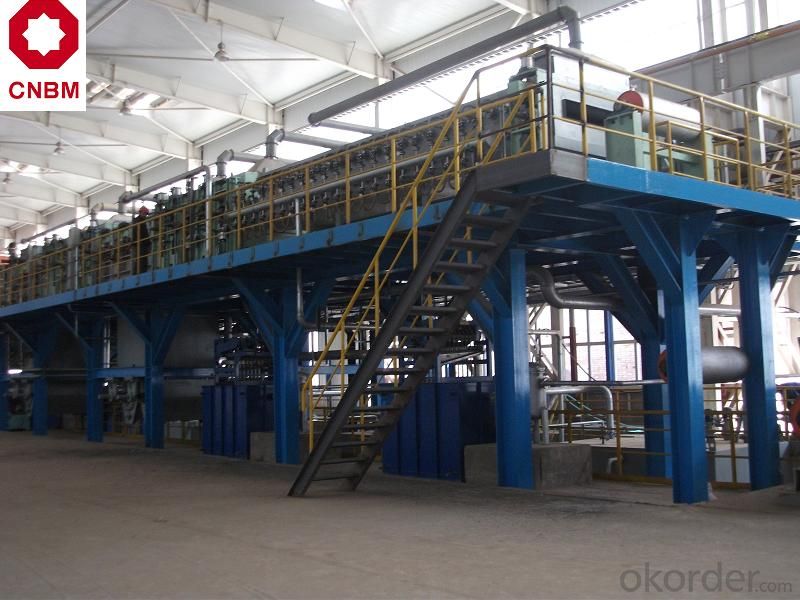
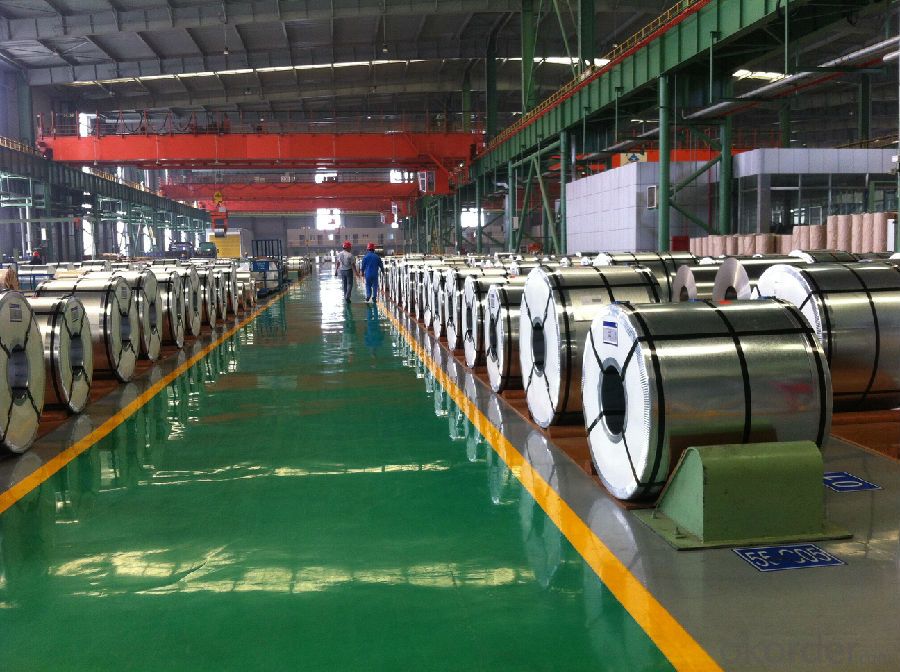
5. FAQ
a. what's the annual output?
about 400,000~500,000 tons per year.
b. what's your advantage than other supplier?
we have overseas warehouse all over the world, like Saudi Arabia, Oman, UAE, Kuwait, Russia, South Africa etc.
c. how long is the delivery time?
about 45~55 days for SPCC, while 60~70 days for MR material
d. how to control the quality during production process?
inside our workshop, we have MES syestem. It will show the status of each production step.
- Q: How does tinplate handle exposure to UV radiation?
- Tinplate does not handle exposure to UV radiation well, as it is prone to degradation and oxidation when exposed to sunlight for prolonged periods.
- Q: How does tinplate packaging contribute to product protection against breakage?
- Tinplate packaging contributes to product protection against breakage by providing a durable and sturdy barrier between the product and external factors. The metal material of tinplate packaging offers excellent resistance to impact, preventing breakage or damage during handling, transportation, and storage. Additionally, tinplate packaging can be designed with protective features such as cushioning or shock-absorbing mechanisms to further enhance its ability to safeguard the product from potential breakage.
- Q: How does tinplate contribute to the resistance of marine equipment?
- Tinplate contributes to the resistance of marine equipment by providing a protective coating that helps prevent corrosion and oxidation caused by exposure to saltwater and other harsh marine environments.
- Q: How does tinplate affect the overall cost of packaging production?
- Tinplate can significantly affect the overall cost of packaging production. Its use as a material for packaging adds to the expense due to its higher cost compared to other materials like aluminum or plastic. Additionally, tinplate requires specialized manufacturing processes, including coating and printing, which further contribute to the production cost. However, tinplate offers advantages such as excellent durability, tamper resistance, and ability to maintain product quality, which may justify the higher cost for certain products.
- Q: What are the common sizes and shapes of tinplate containers?
- Common sizes and shapes of tinplate containers include round cans, rectangular tins, and square boxes. The sizes of these containers can vary, but some standard sizes include 8-ounce, 16-ounce, and 32-ounce cans.
- Q: What is the cost of tinplate?
- The cost of tinplate varies depending on factors such as market demand, size, thickness, and quality.
- Q: What are the common testing methods for tinplate?
- Some common testing methods for tinplate include visual inspection, thickness measurement, adhesion testing, corrosion resistance testing, and tensile strength testing.
- Q: What are the different ways to recycle tinplate packaging?
- There are several different ways to recycle tinplate packaging. One common method is to separate the tinplate from other materials, such as paper or plastic, and then send it to a recycling facility where it can be melted down and reused to make new tinplate products. Another option is to reuse the tinplate packaging for storage or other purposes before eventually recycling it. Additionally, some municipalities offer curbside recycling programs where tinplate packaging can be collected and processed along with other recyclable materials.
- Q: How does tinplate affect the sound quality of musical instruments?
- Tinplate does not directly affect the sound quality of musical instruments. The sound quality primarily depends on the construction, materials, and design of the instrument itself, such as the type of wood used, the shape, and the craftsmanship. Tinplate may be used for aesthetic purposes or as a protective coating, but it does not significantly impact the sound produced by the instrument.
- Q: How is tinplate made?
- Tinplate is made by coating thin sheets of steel with a layer of tin through a process called electroplating. The steel sheets are first cleaned and prepared, then immersed in an electrolyte bath containing tin salts. When an electric current is passed through the bath, tin ions are attracted to the steel, forming a thin layer of tin on the surface. This tin coating enhances the steel's resistance to corrosion and provides a shiny and attractive finish.
Send your message to us
Prime Tinplate for Industrial Usage, MR, 2.8/2.8g/M2
- Loading Port:
- China main port
- Payment Terms:
- TT OR LC
- Min Order Qty:
- 25 m.t.
- Supply Capability:
- 50000 m.t./month
OKorder Service Pledge
OKorder Financial Service
Similar products
Hot products
Hot Searches
Related keywords
